In this day and age, the connotation of “art” has evolved into something more than just paint on a canvas. Whether it’s film, fashion design or photography, art comes in when words fail to express ideas.
Stepping inside the Ateneo Art Gallery, one immediately finds themself surrounded by works that pop out at you. Whether it’s through the use of striking color combinations or the atmosphere created using whatever medium it is, the exhibits come alive.
Currently, the Ateneo Art Gallery features two interactive exhibits that invite students to come play inside—namely, Raffy T. Napay’s “Sanctuary” and Charles Buenconsejo’s “Relative Nothing”.
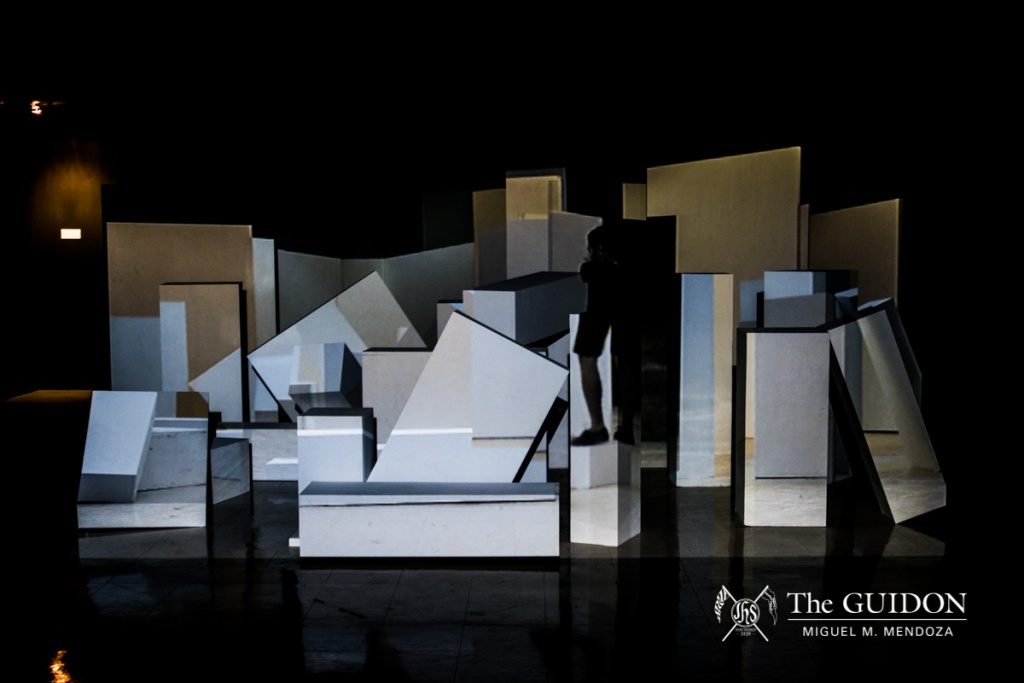
Coincidences
Every year, the Ateneo Art Gallery features exhibitions from winners of the Ateneo Art Awards. “It’s not so much of a criticism than it is a comment that there is a very similar theme when it comes to the winners every year,” notes Exhibitions Coordinator Alice Sarmiento. “There always has to be something either very cerebral or very emotional to the tone of the exhibitions.”
Upon entering Napay’s “Sanctuary,” you will either find yourself in a very dark room filled with neon colors or a well-lit room where you will be easily drawn to the multiple brightly colored threads hanging at every corner.
Meanwhile, Buenconsejo’s work showcases his own spin on the metaphysical, with the use of numerous screens showcasing the artist’s face while playing rapidly on a never-ending loop.
While the two exhibits seem to be worlds apart upon first glance, a better look at the motivations and background of these artists will show that these works are more similar than one may think.
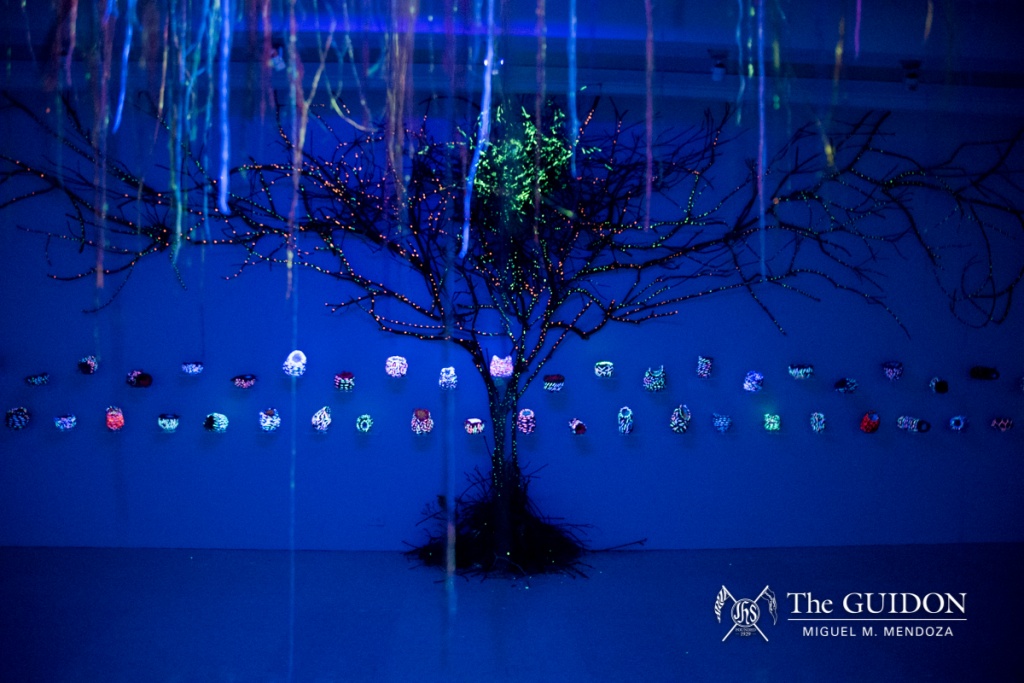
In and out of transit
Sanctuaries are usually places that are familiar, comforting—safe. Napay’s “Sanctuary” aims to show viewers how we can find peace in foreign places.
Joel De Leon, assistant curator at the Ateneo Art Gallery, cites how Napay’s residency at Liverpool Hope University served as inspiration for the exhibit. “He considered [Liverpool Hope University] as a sanctuary to enrich his background as an artist,” says De Leon. Napay took the opportunity to use Liverpool’s springtime scenery to illustrate how his experiences weaved together to create his sanctuaries.
The exhibit features large, threaded canvases and sculptures showing trees, vines, nests, and leaves in different colors. In the light, the focus of the exhibit is the detailed craftsmanship of the artist, and in the dark, it becomes varying but harmonious colors of the threads.
“For [Napay], the artwork is his sanctuary,” De Leon adds. The exhibit gives the viewers a more personal look into the emotions and experiences Napay went through as he explored the unknown and built his own sanctuary.
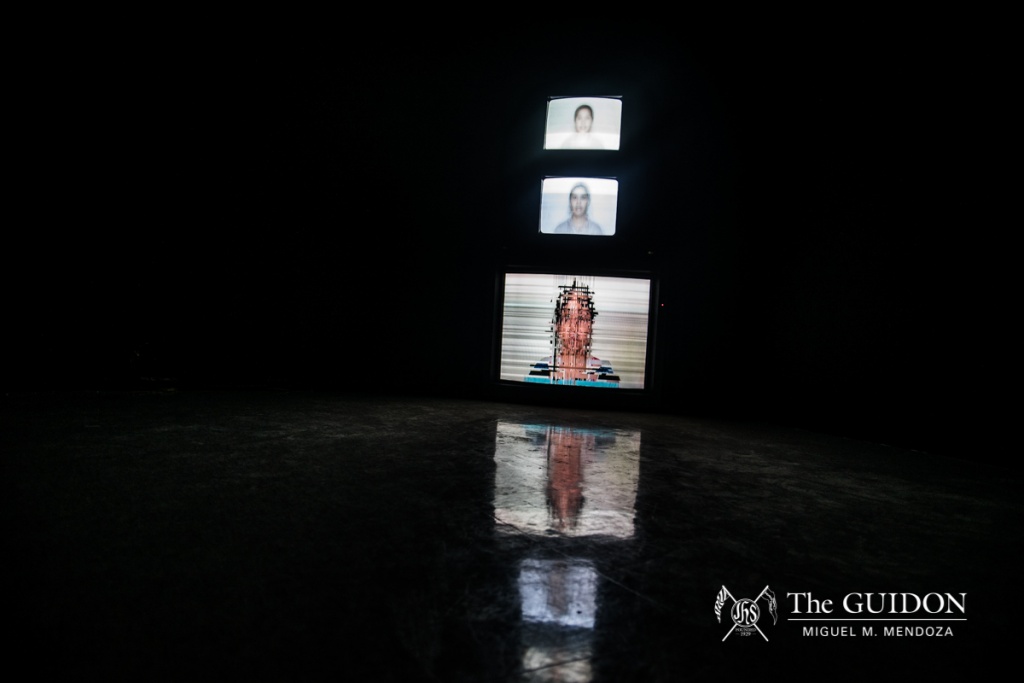
The “selfie” generation
Buenconsejo’s “Relative Nothing” is eerie at first glance. One immediately sees Buenconsejo’s face staring back at them on multiple screens. However, Buenconsejo’s intention is not to scare off viewers, but rather to make them aware that our own faces stare back at us from the screens we hold in our hands every day. The exhibit makes one feel strange and even slightly paranoid, as if being placed under constant watch.
“It’s something that today’s generation kind of empathizes with. Because we’re a generation who grew up with screens, and didn’t think anything of it,” Sarmiento comments.
From the act of taking selfies to having our faces plastered on every social media account we create, today’s generation has been commonly criticized for making it all about “me.”
Before pursuing art as a career, Buenconsejo started out as a photographer. “There are times where he would cut out the surface of a photograph and mix it as an artwork,” says De Leon. “He wanted to transform the video into a painting-like image, wherein there is texture, depth, as a four-dimensional thing.” Buenconsejo’s past experience as a fashion photographer still remains as one of his inspirations for his art.
Aside from this, his work touches on the metaphysical origin of the world (as seen through his use of light and his fascination with Hebrew history). In Sarmiento’s take on Relative Nothing, she explains that the title “Relative Nothing” refers to the idea that before God created the world in six days, there was nothingness. This fascination with creation is also seen in his past two exhibitions, “Reality is a Hologram” (2012) and “Destination Unknown” (2013).
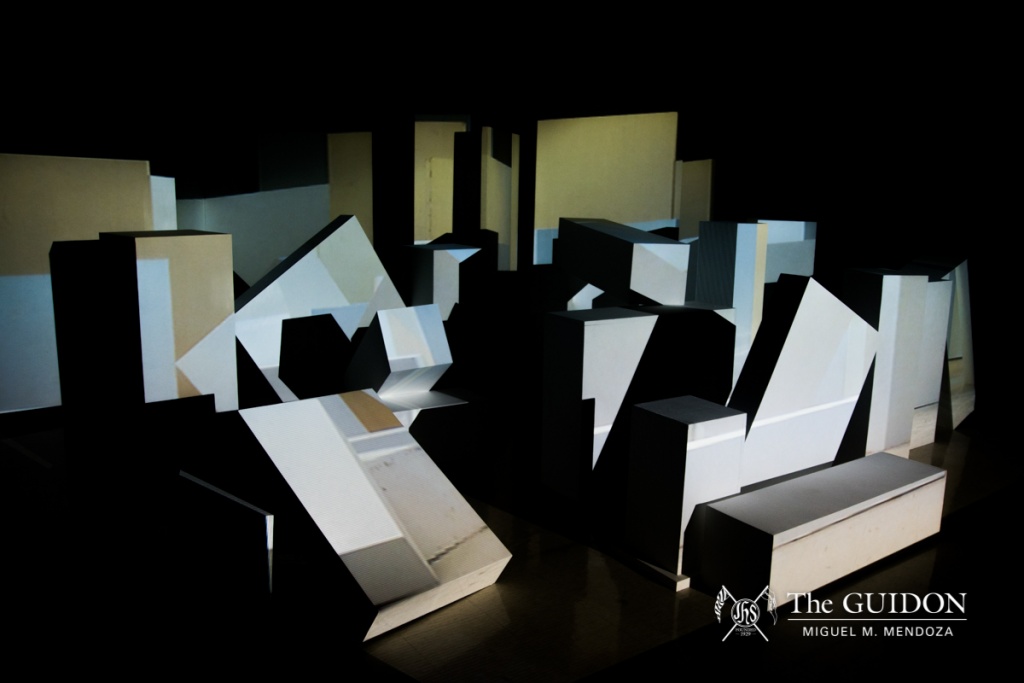
On duration
Though both exhibits are in no way connected to one another, there are coincidentally a few similarities between the exhibits. “Both of them explore duration,” Sarmiento says.
“With ‘Sanctuary,’ when you stay in the room for more than 15 minutes, the lights go out. But with [Buenconsejo], his exploration of duration of time-based work is a little more obvious because it’s [a] video.” The two artists also experimented by creating 4-dimensional artwork, though they were both accustomed to the 2-dimensional medium. Buenconsejo previously dealt solely with photography and video, and Napay dealt with paint on a canvas.
De Leon points out how “Sanctuary” is actually Napay’s first time to tackle a 4-dimensional artwork, and while this style is already familiar to Buenconsejo, he attempts to create a texture-like surface that further creates the illusion of new dimensions through the use of warped images and lighting.
Another similarity between the two exhibits is how the artists both drew inspiration from their time spent abroad, while still calling the Philippines their “home”. “For [Buenconsejo], it was his first time in Australia, and [Napay]’s first time in that part of the world, his first time experiencing spring and the changing of the seasons, so that was something that probably left a greater mark,” notes Sarmiento.
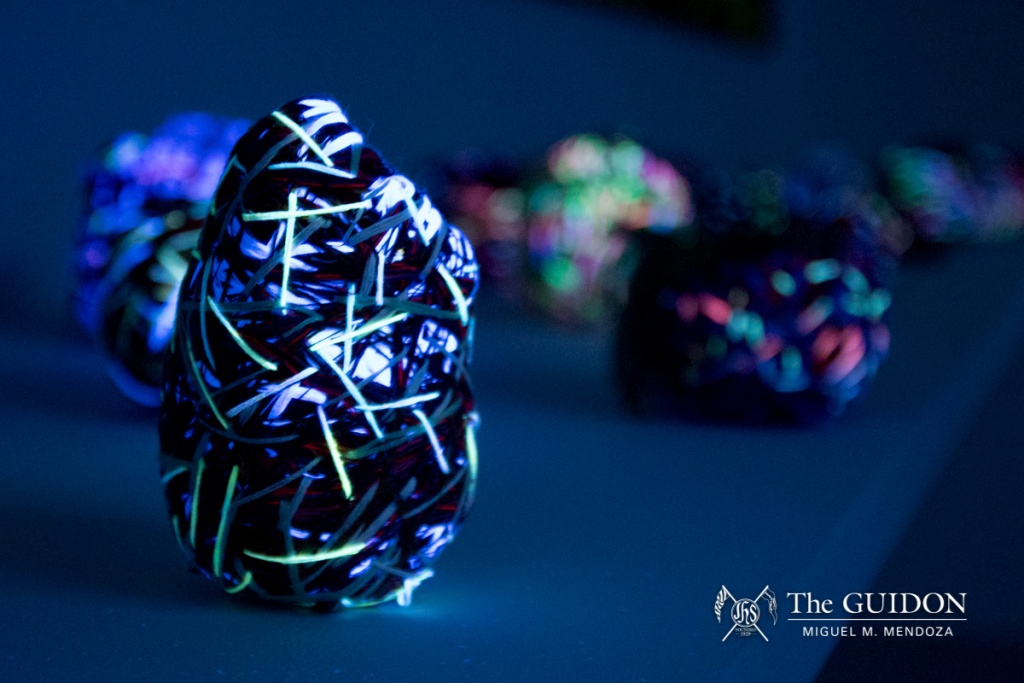
Coming home
While the exhibit allows the viewers to appreciate the aesthetics produced by the varying use of light and media, it also gives them the opportunity to assess the relationship between the artworks and the commentary behind them.
Upon pondering on the message the exhibits want to deliver, De Leon says, “For [Napay], [the artwork] is what makes him as a person and at the same time, it’s from that artwork that he wants to explore new things or he wants to grow. For [Buenconsejo] the destination is not the subject of his work, but it is actually the process of going there.”
The impact of “Sanctuary” and “Relative Nothing” doesn’t stop with visuals. The exhibits also elicit an emotional and intellectual response from its viewers. “There always has to be something either very cerebral or very emotional to the tone of the exhibitions that we end up putting up here to honor the winners,” shares Sarmiento.
“They really do value how well it’s able to illustrate art theory and philosophy, even if, let’s say the artist wasn’t educated in that direction, somehow his work still illustrates that,” Sarmiento says.
These shows invite you to step in, experience and be a part of the worlds they built. They promise to leave you amazed, curious, and wanting more.
The exhibits “Sanctuary” and “Relative Nothing” can found at the Ateneo Art Gallery at the Ateneo de Manila University from July 22 to September 12, 2015.